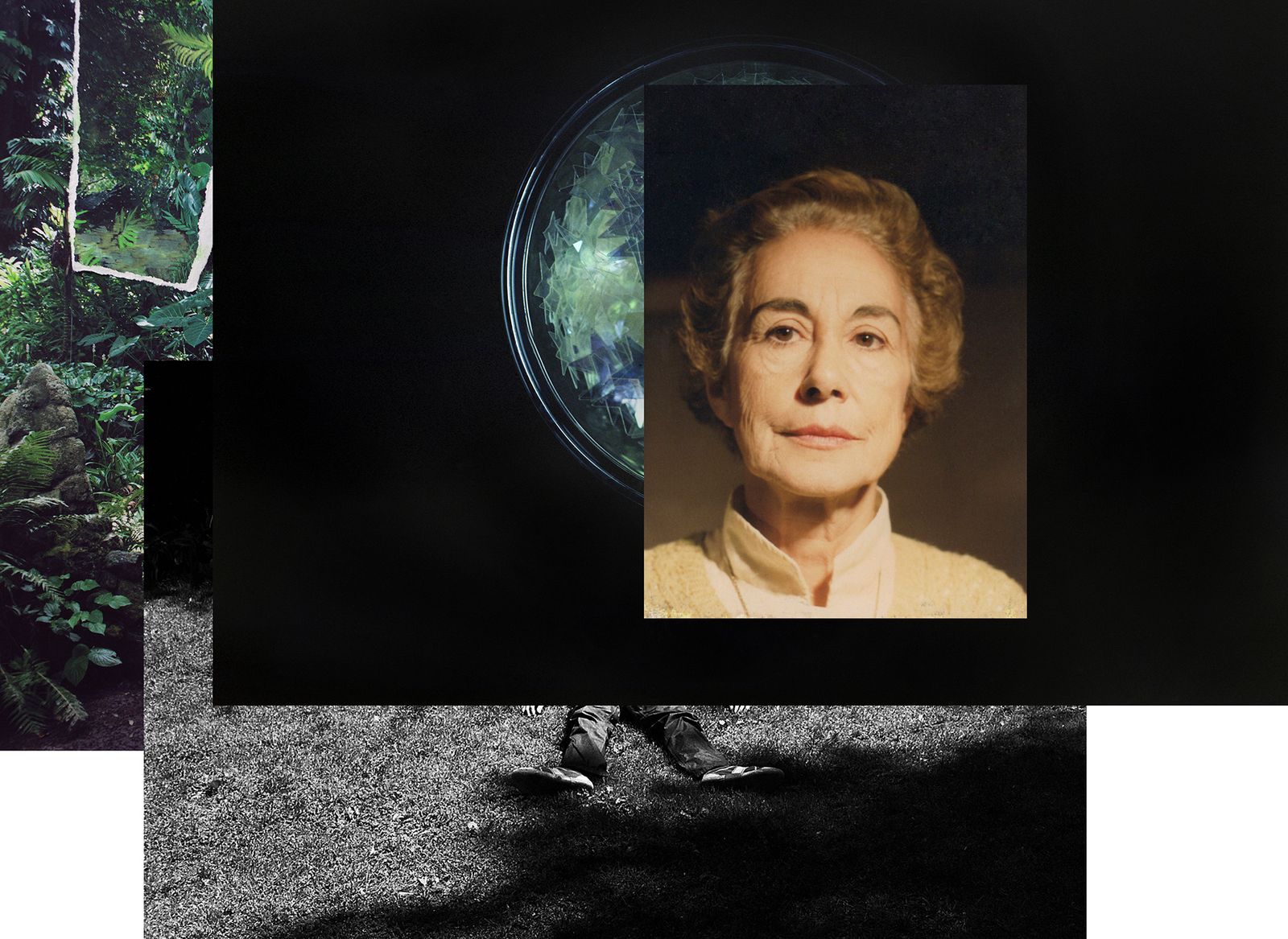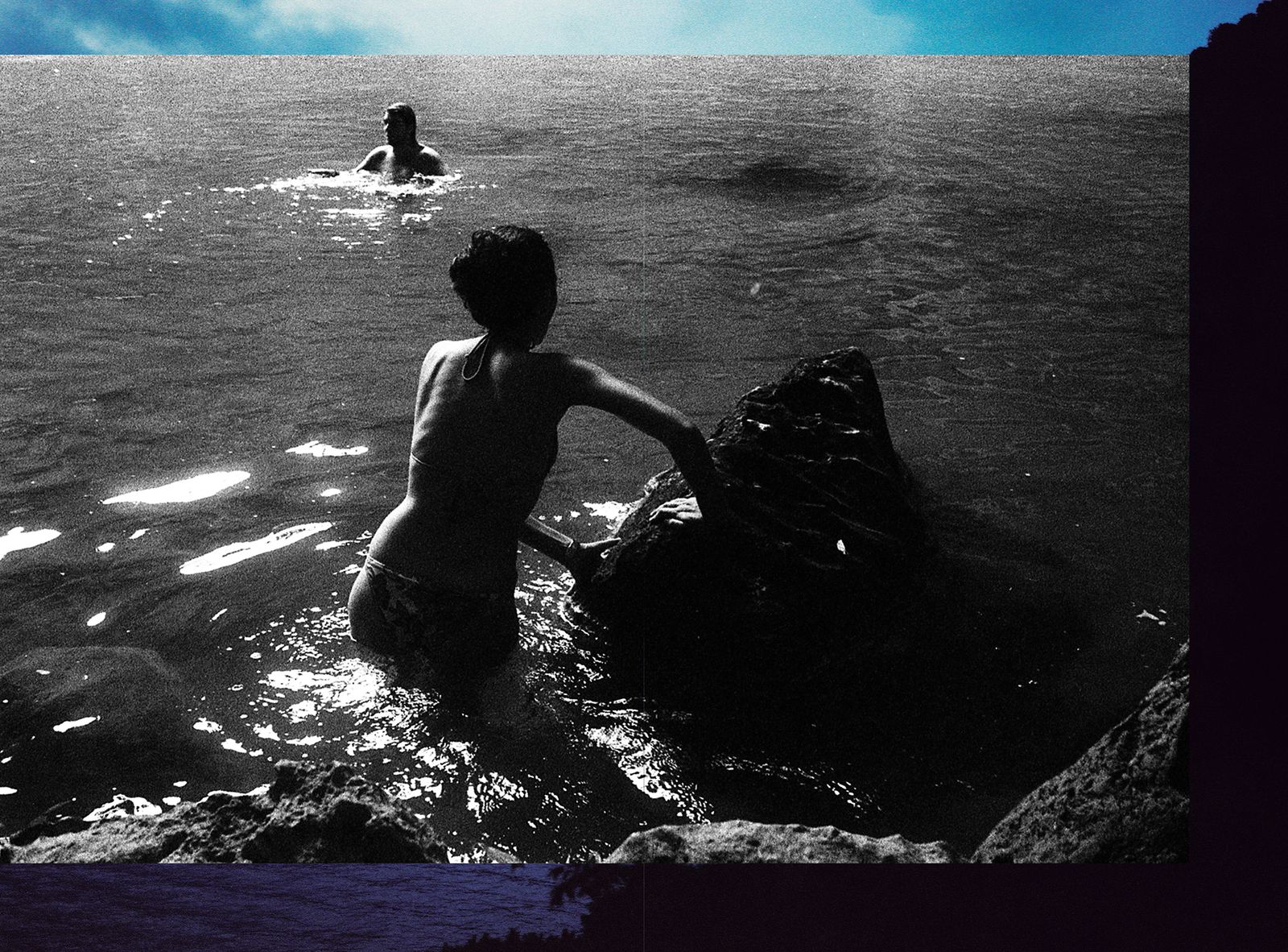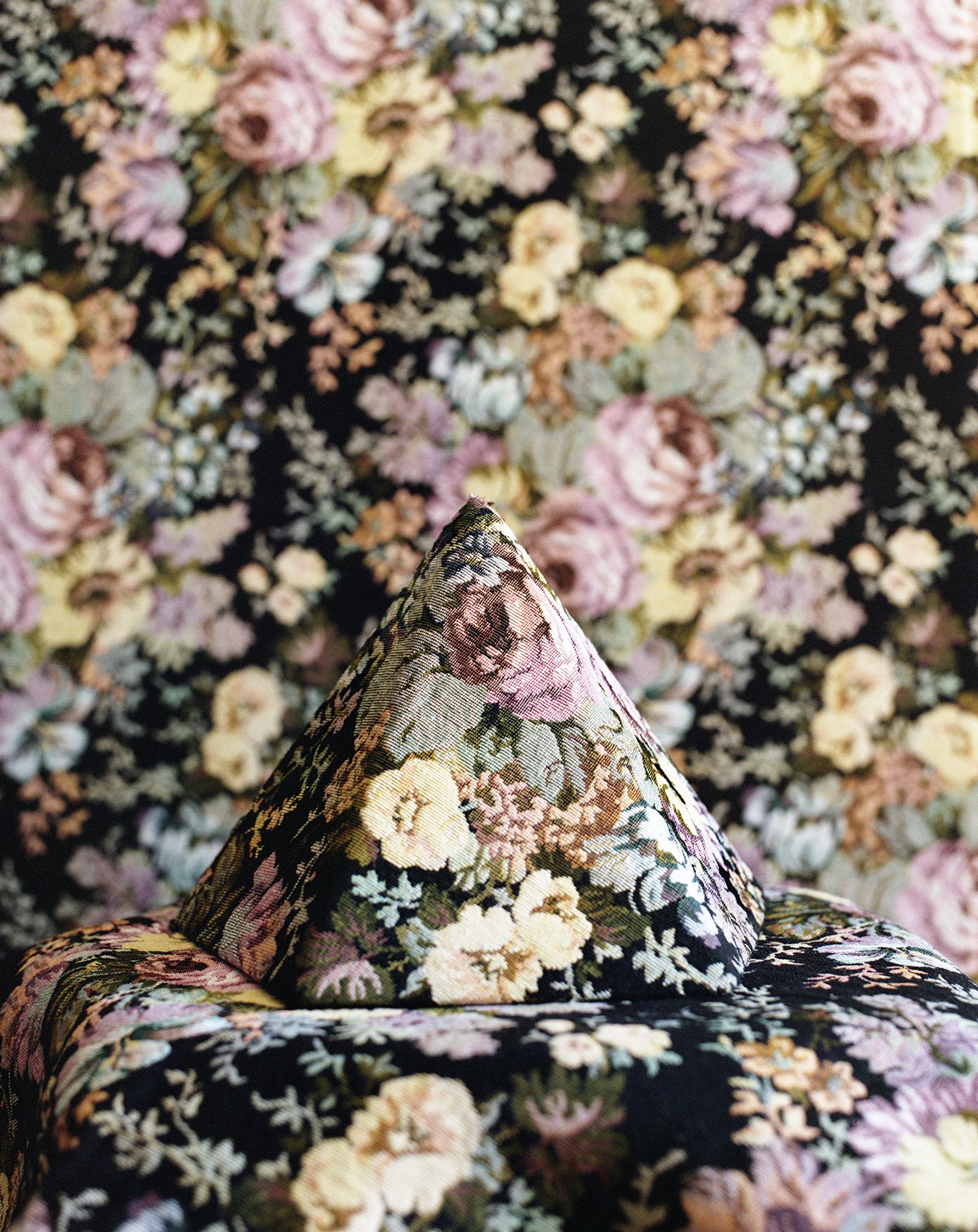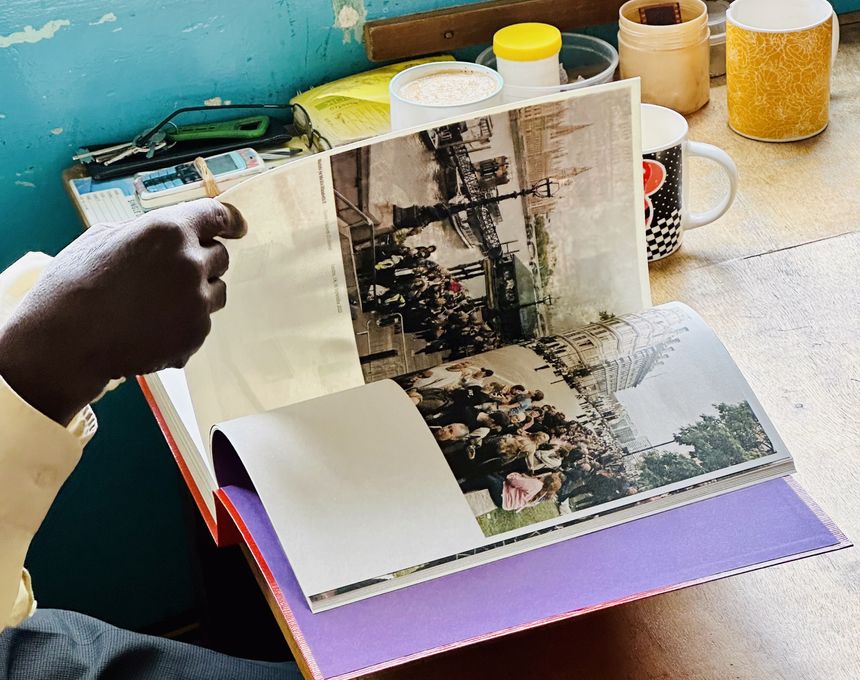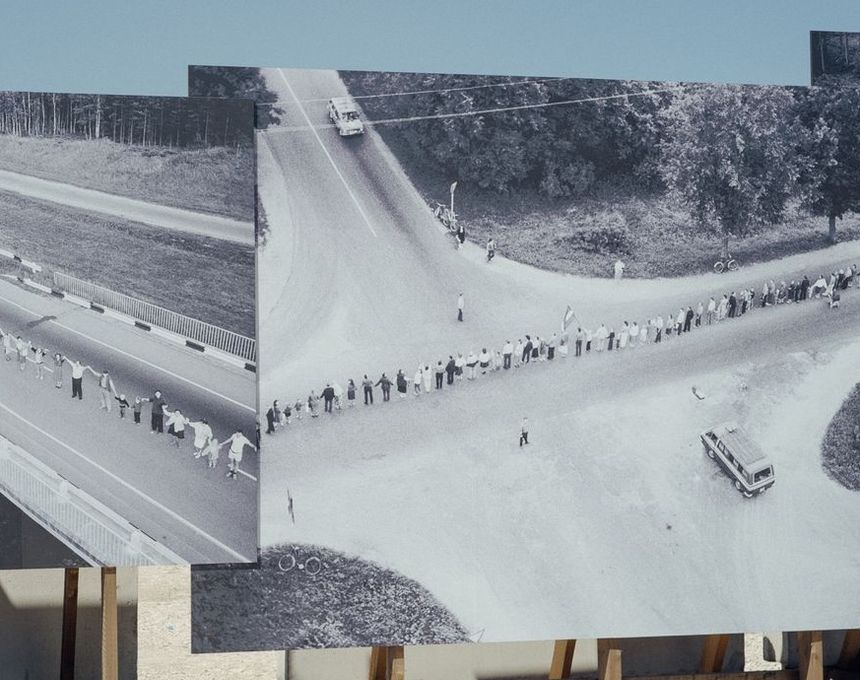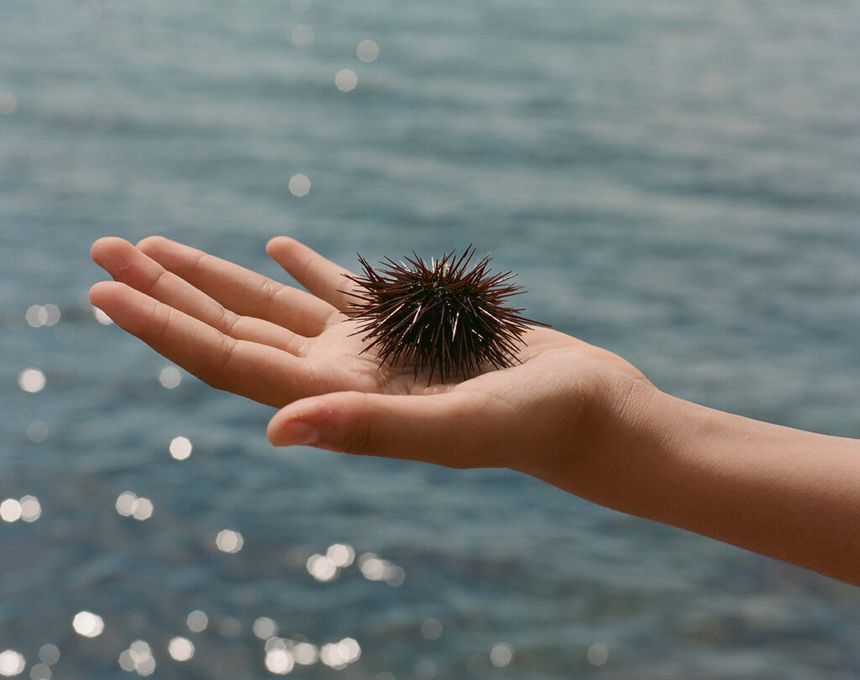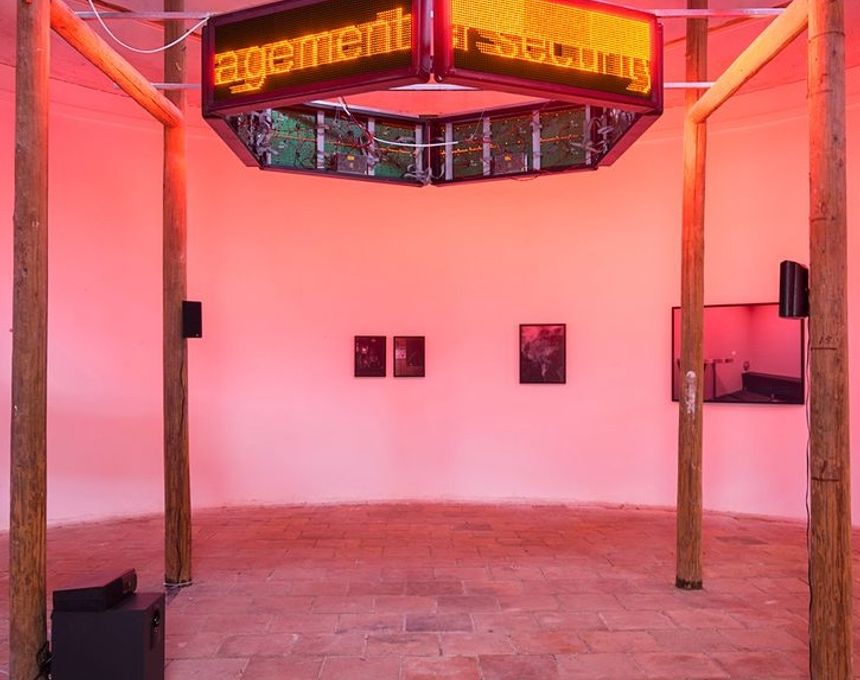Investigating the Agonising Question of Existence
-
Published6 Nov 2019
-
Author
In a multi-disciplinary series combining photography, collage, still life, and sculpture, Guatemalan photographer Clara de Tezanos explores the complexities of ancestry and its impact upon our existence.
In a multi-disciplinary series combining photography, collage, still life, and sculpture, Guatemalan photographer Clara de Tezanos explores the complexities of ancestry and its impact upon our existence.
© Clara de Tezanos, from the series Piedra-Padre, Universo
I know the series looks to highlight the figure of your father and family heritage. However, a sense of anxiety or catharsis comes across in the photos, especially in the book. What do you think about this?
Indeed, both the anxiety of existing in this universe in its immensity and of living our own personal narratives. The book itself has a polygonal narrative working as a vessel recognising the distance beyond infinity and our immediate selves. The contracting weight of our ancestors that forge our imagination, but at the same time that constant sensation of falling into a void; an emptiness which expands us. The book has a labyrinth spirit, which partly is woven with a spiral as a binding resource, an axis that articulates an accurate and unresolved conflict generating a crossing of senses and recognising its contraries.
I would like to learn more about the overlaying of the images across your series? What are the intentions behind it?
Both layers and spirals are the central concept of the book. The layers came about in the editing process by the suggestion of Alejandro Cartagena as a metaphor for the layers of time and life flowing through a multi-generational spectrum providing it a more circular reading. With regards to the spiral, this acts as a symbol of the personal scars that the subject has been immersed into as my own personal experience. Both works together to convey that at the end everything is an illusion, a construction in which we try to fit out sensitivity and conscience in an emotional labyrinthine. These two ideas are also applied in my upcoming book “Por Maniobras de un Tercero” to continue the same poetic rhythm.
© Clara de Tezanos, from the series, Piedra-Padre, Universo
While you were producing this work did you have conscious thoughts that you were going to be making a book out of it? Did you produce work thinking about the format, if so, how so?
I worked the opposite way meaning, I produced and produced several series of images for over a decade without condensing it into a formal piece of work, mostly working in certain projects (alongside my cultural promoter role in Fototeca) but not as a whole because of the different stages, aesthetics and resources I used for each project. It was over 10 years that I’m now capable of integrating fragments into a conscious unified vision and working with Alejandro gave me a clearer understanding of my personal language and poetic gestures that I have created through time. It’s been great to work alongside a friend and established artist to integrate in fluid manners my own vision and narrative.
You also often include a prism like object in your photos - could you talk about the inclusion of this object in the series? what does represent?
The figure of the prism is the visual backbone of the book, as a synthesis of all the narrative and the mystery that exists within the universe and its multiple dimensions and cycles. The admiration and obsession towards this elemental mystery is what draws me to include it in my work. Mainly the figure of my father in relation to a stone, being both; dense and heavy, but transforming itself into a prism as the book advances maintaining its rigidity and weight but being able to transform light in itself.
© Clara de Tezanos, from the series, Piedra-Padre, Universo
The book was last year shortlisted for the Paris Photo/Aperture Foundation Photo-books Awards? Looking back, how would you describe this great recognition impacted your work today?
That was very big for me, even though I had just run out of books from the first run I was very honoured. Guatemala photographer Juan Brenner won this year again and this is a sign that you can expect more good work coming from Guatemalan artists. Photobooks have seen a continuous rise as an exhibition form in the past years, yet it is until now that we see the production of such medium in our local environment due to events like the GuatePhoto Festival and book workshops I have been giving recently mostly by the influence that Alejandro Cartagena has set on his workshops in Fototeca too. In all, I think photobooks allow for a deeper understanding of ones work and personal psychology, it allows for creativity through visual poetry and as a metaphor of the multidimensional infinite experience of life.
On the side of being a photographer, you run an amazing photography school - La Fototeca - and photo festival - GuatePhoto - in Guatemala City, could you share how these roles and creatives processes have influenced your personal photographic career?
La Fototeca and GuatePhoto have given me a monster crash course learning experience about management, culture, curating, teaching, promoting and celebrating photography. Its been a creative laboratory and also as a teacher I have witnessed an infinite transformation of my own work and that of others, photography has been a gift that has helped many awaken and transform their lives and their surroundings with it. Without a doubt Fototeca has been a great master and my biggest challenge but a very fulfilling process, being able to see ideas materialize into images and big scale projects, changing individuals and society in the process.
-------------
Clara de Tezanos is a Guatemalan photographer, educator and cultural promoter currently based in Guatemala City. As an artist, she has exhibited her work in collective and individual exhibitions in her country and overseas. In 2018, she published her book Piedra-Padre, Universe, which was shortlisted as one of the Best Books at Paris Photo. Follow her on Instagram.
Verónica Sanchis Bencomo is a Venezuelan photographer and curator based in Hong Kong. In 2014, she founded Foto Féminas, a platform that promotes the works of female Latin American and Caribbean photographers. Follow her on Twitter and Instagram.
-------------
This article is part of In Focus: Latin American Female Photographers, a monthly series curated by Verónica Sanchis Bencomo focusing on the works of female visual storytellers working and living in Latin America.
